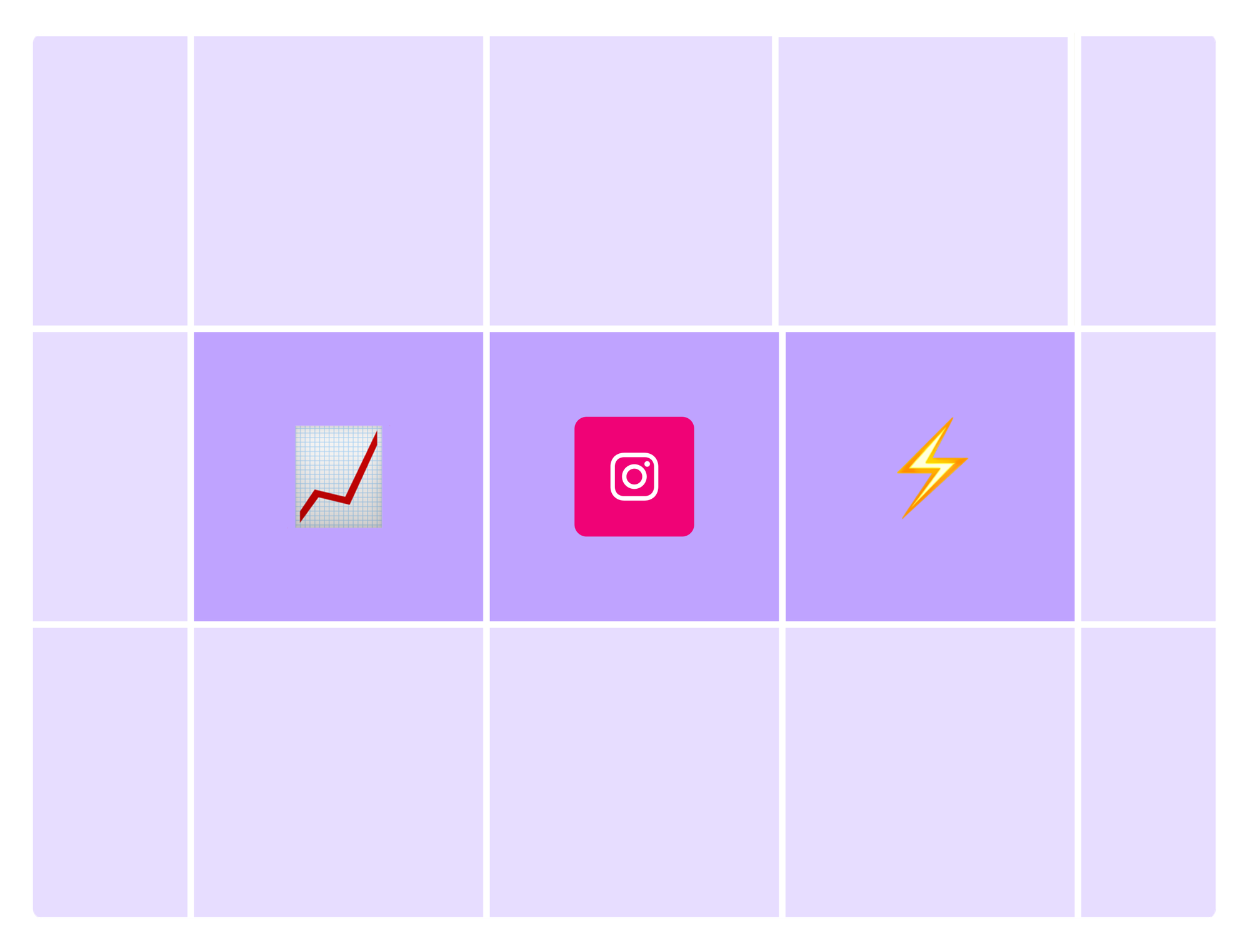Growing on Instagram takes time and effort — but with these tried-and-tested tips, the path to an engaged following is a lot more straightforward than you might think.
I’ve been freelancing for two and a half years. And that’s exactly how long it took me to make LinkedIn work for me as a tool to grow my network and get clients.
For a long time, I’ve gotten sporadic results. Discovery calls that led nowhere, very few leads, and a single client with a one-off project.
But looking back at how I approached my LinkedIn presence, it all makes sense. I combined short, impulsive bursts of creativity with months-long escapes from the platform. And my results reflected that.
As a freelancer, it’s easy to get lost between 20 different acquisition strategies, client work, and administrative tasks of running your business. Without a structure in place, staying present on LinkedIn easily falls through the cracks.
In April, I spoke to a fellow freelancer, Tawni Olson, who told me: “For acquiring new clients, LinkedIn has been the best lever — it helps me stay top-of-mind and has directly led to both referrals and cold inquiries.”
And that was the final sign for me to start taking LinkedIn seriously and build a system centered around content buckets.
Here’s how I did it.
How I created content buckets in four steps
I defined my goals
My first step was to define what I want to achieve by posting on LinkedIn. Because if I don’t know where I’m going, how could I know if I got there or what I need to change in my approach to get the results?
Natasha Khullar Relph, a prominent freelance journalist and the founder of The Wordling (newsletter for writers and authors), highlights the importance of goal setting in one of her articles:
“By setting goals, you allow yourself the clarity to see what you need to be working on and focus your attention on the things that will move your career forward.”
After a few days of brainstorming and being honest with myself about where I want to take my freelance career, I realized that I want to:
- Connect with other freelance content professionals to share our experiences
- Build a personal brand as a freelance content writer and content manager
- Get new content management and content writing clients
With these goals in place, it felt like the fog had lifted. I could finally see where I wanted to go. All that was left to do was figuring out how to get there.
I brainstormed content ideas based on goals
The next step was to brainstorm content ideas based on goals.
Asking myself the following three questions:
- What topics bring me closer to freelance content professionals?
- Which content ideas could help build my personal brand as a freelance content writer and content manager?
- Which posts will get me more content management/content writing leads and clients?
This is what I came up with:
I grouped ideas into content buckets
After brainstorming, I decided to group them into content buckets to help me organize all ideas and label all future topics I come up with.
I came up with four content buckets and gave them descriptive names:
- For freelancers/here’s how I work
- Tips, workflows, and tools
- Social proof
- Posts about services
Each bucket is directly connected to the goal, like this:
Whenever I want to post something, I know EXACTLY which goal it’s contributing to. And this helps me ensure I’m not wasting my creative energy on irrelevant content.
I created a system to track ideas
My next step was to create a system to help me keep all of my ideas in a single place, so I can easily access them when I want to create or publish something.
I turned to Buffer and created color-coded tags to keep track of my topics across different content buckets, like this:
Whenever I get an idea, I add a scribble to Buffer and immediately label it so I can easily find it later when I need to create something for a specific goal.
Tags help me have a visual overview of how many ideas I came up with for each bucket (and therefore, goal). And determine if I need to focus my energy elsewhere.
How I use content buckets
To come up with new ideas
Defined content buckets make it easier for me to come up with new content ideas.
Without goals and buckets, asking myself, “What could I post today on LinkedIn?” could get me a few good posts. But coming up with consistent ideas aligned with what I want to achieve? Not so much.
With a system in place, I can ask myself a more straightforward question that creates a pre-frame and helps direct creativity towards the right stories to share.
For example, going from “What could I post today on LinkedIn?” to “What relatable stories could I publish to connect with freelance writers?” creates a narrow focus that makes coming up with ideas much easier.
And once I’ve set these pre-frames for all buckets, ideas started popping up in my day-to-day work life.
As soon as ideas pop up, I note them in Buffer and add an appropriate tag.
Here’s what my library looks like right now:
To content batch and stay consistent
After I defined my goals and content buckets, it became a lot easier to do content batching (creating higher volumes of content in a single session to use over a longer time period).
This strategy helps me maintain a consistent publishing schedule without burning out.
That’s because content buckets remove the decision fatigue of what to post. Instead of starting with “creating X posts for LinkedIn,” I can simply pick a bucket and brainstorm ideas.
And once I start creating, I can further simplify this process by batching similar content together.
For example, for the bucket “Posts about services,” I can create five posts answering questions clients asked in discovery calls. And for the bucket “For freelancers”, I can chunk down the topic of feedback into four separate posts and create them in a single sitting.
For content batching sessions, I use the board view in Buffer.
All of my new ideas are in the “Unassigned” board. Before I start creating, I move the topics I want to work on to the “In progress” board.
Like this:
To further double down on a single bucket, I select the specific tag.
This is what my board looked like when I was working on the posts about feedback:
Once the posts are done, I move them to the “Ready for scheduling” board and schedule them at the end of the session.
I’m posting three times per week and batching content once a month. I usually schedule a full day for LinkedIn content creation and pair it up with the admin work.
During the month, I may do an additional shorter batching session or create a post here and there when I have the time and feel inspired.
Using this strategy helps me stay consistent without interrupting my client work and helps me show up on low-motivation days.
To select and hone broad ideas to match my goals
Selecting and honing ideas to match my goals ensures my content is intentional and brings me closer to what I want to achieve.
I don’t want to post on LinkedIn just for the sake of posting, and not all of my ideas are relevant to my goals.
Here’s how content buckets help me figure out what and what not to post:
- Figuring out which topics to avoid: Writing about the latest recipe I tried is relatable and will likely get me some engagement. But it’s not aligned with my goals, so I won’t select that topic.
- Honing a broad topic: “How to give/receive feedback” is a broad topic. But I can chunk it down to “How to deal with constructive criticism on your writing” or “How to give feedback to content writers.” This way, my content is a lot more relevant to my target audience.
- Personalizing Buffer’s content prompts: I often use prompts from Buffer’s library. And thanks to buckets, I can alter them to ensure they’re aligned with my goals.
Let’s take a look at the prompt “How slowing down made me more productive.”
By adding the narrative of focusing on fewer things at once as a freelancer, the prompt quickly becomes relevant to my audience.
To troubleshoot lower performance
I measure the success of my goals with a mix of metrics. To determine if I’m on the right track to grow my network and build a personal brand, I keep an eye on follower growth and engagement metrics.
And for my goal of getting freelance content writing and content management clients, I track the number of leads and clients I get from my LinkedIn posts.
At one point, I realized that my network was growing quickly, but I hadn’t generated any leads in six weeks.
So I had a look at my calendar. Thanks to color-coded tags, I quickly noticed that the majority of the content I posted was directed towards other freelancers, not content managers.
Only one (pink color) out of 11 posts in the former three weeks was dedicated to getting clients:
The following week, I doubled down on sharing content in the other two buckets:
- Social proof
- Posts about services
Soon after noticing this, I published a post about what type of client might need to create content briefs for their writers. And this post alone generated three leads and one client.
And when my calendar is full, I can simply reduce the number of posts for clients and focus on posts for freelancers that drive engagement.
Content buckets teach me that it’s not about how much I post, but about being intentional and matching what I want to achieve with my content.
Tracking the right metrics
Since I started publishing regularly in early June, all of my LinkedIn metrics are up:
- Impressions (+405.2%)
- Engagements (+558%)
- Followers (+355 new followers)
- Profile viewers (+104%)
Here’s a glimpse:
I’m closely following these metrics because they indicate the growth of my network. However, I’m not currently optimizing for them.
In the past 95 days, my content has generated:
- 6 leads
- 2 content clients
Engagement without clients doesn’t mean a lot for a freelance content business. The number of clients and leads are the metrics that I’m most proud of and am currently working on increasing.
A framework that keeps me going
Defining my content buckets gave me an organized system that helps me stay consistent and have a way of measuring whether my posts are bringing me closer to my goals.
Instead of wondering what to publish or worrying about the relevance of my posts, I now have a framework that allows me to stay focused and intentional.
That shift took LinkedIn from being a guessing game to a great way of growing my network, my brand, and my client base.
Recommended Story For You :
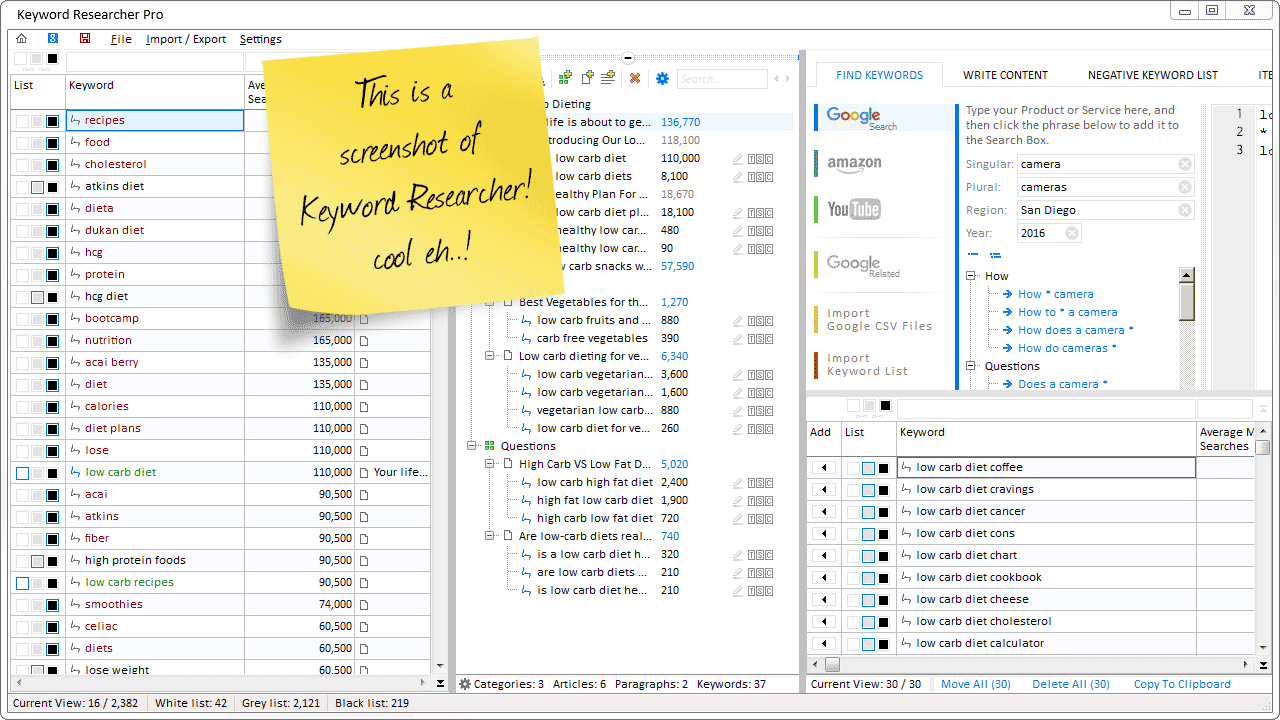
Organize Keywords and Import CSV Files from the Google Keyword Planner
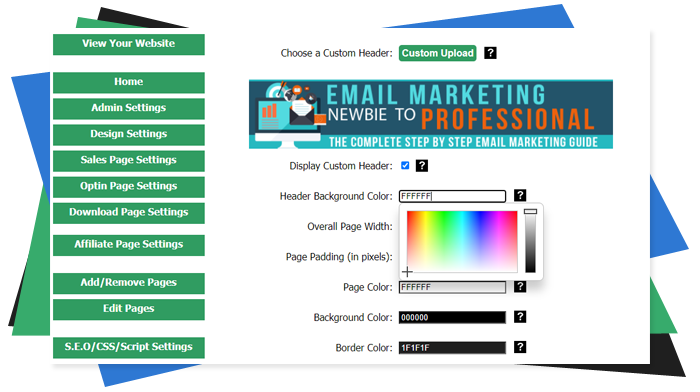
The Most Affordable And Easiest User Friendly Page Builder You Will Ever Use!

Instant WordPress Theme That Matches Your Website
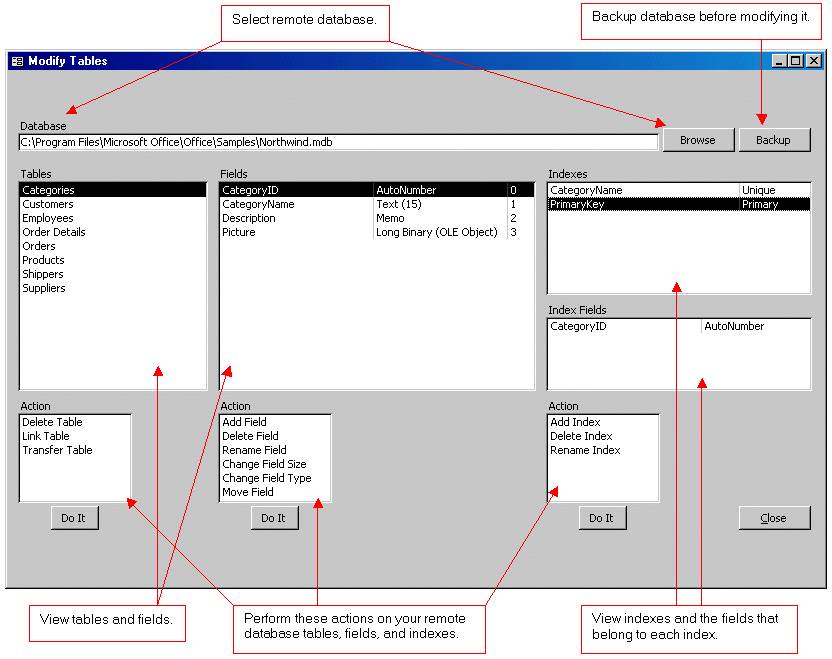
Wizard to Manage Remote Backend MS Access Database Tables Fields and Indexes

If you had an aisle-by-aisle grocery list wouldn't you spend less money on impulse items?

everything you need to create a professional corporate look mini-site is there.
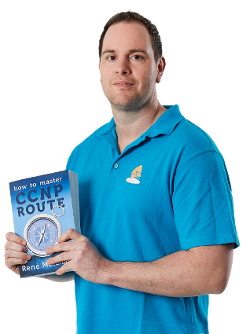
Unlock Your Networking Potential with GNS3Vault
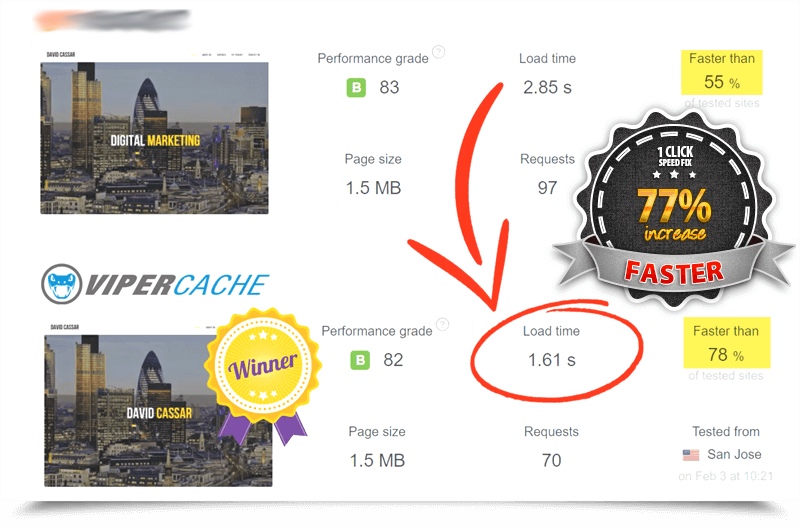
Viper Cache Was 77% Faster Than The Competetion

Understanding Stock Market Shorting eBook
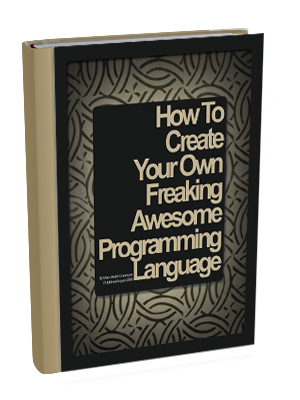
Creating your first programming language is easier than you think.
Related Posts

Technical Analysis: 4 Stocks with signs of death crossovers to keep an eye on

HDFC Bank & 3 other fundamentally strong stocks trading above 200 DMA to keep an eye on

Falling Channel Breakout: Multibagger NBFC Stock Shows Bullish Momentum on Daily Chart

4 Fundamentally strong stocks to buy for an upside potential of up to 36%; Do you hold any?

